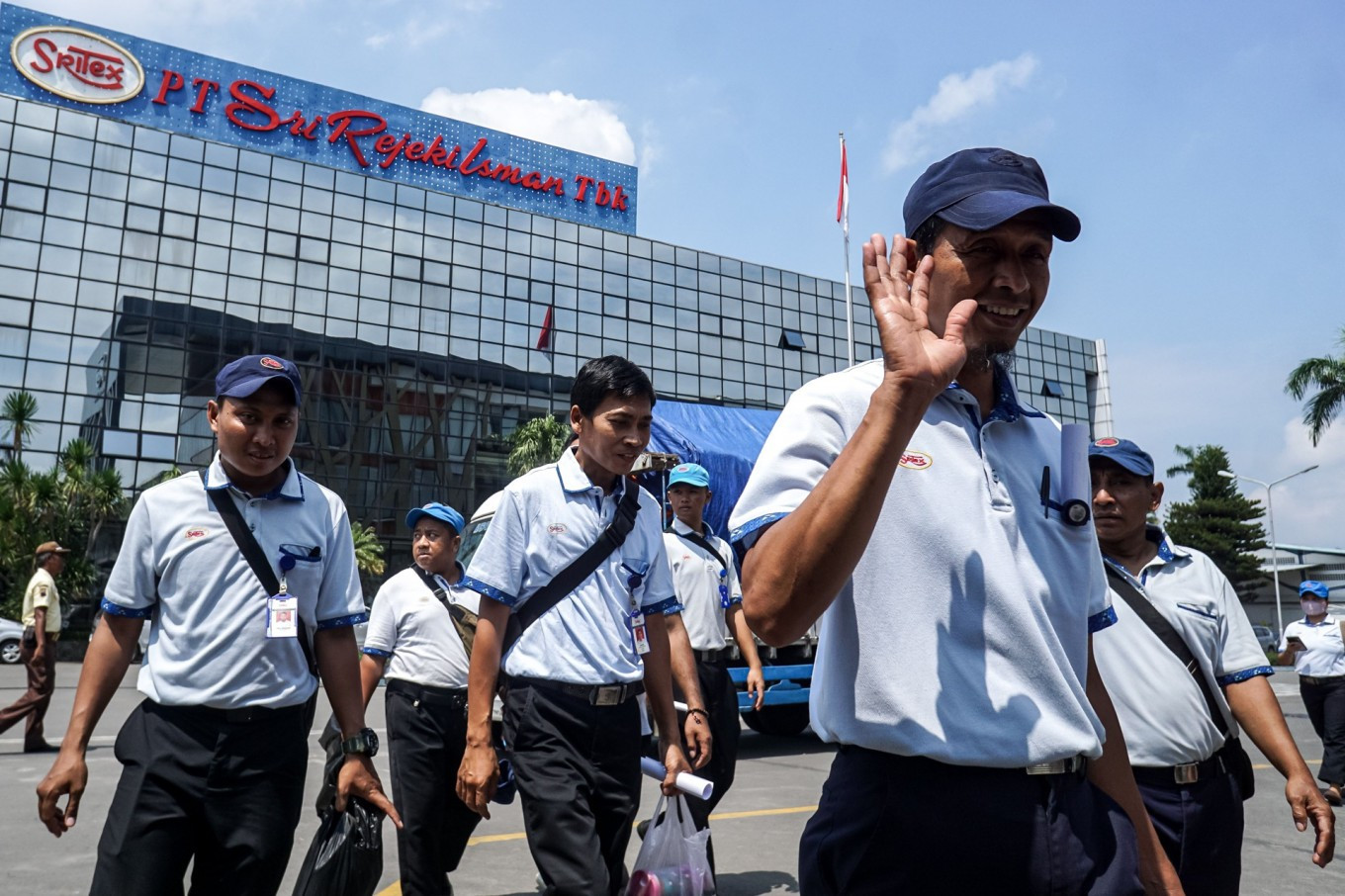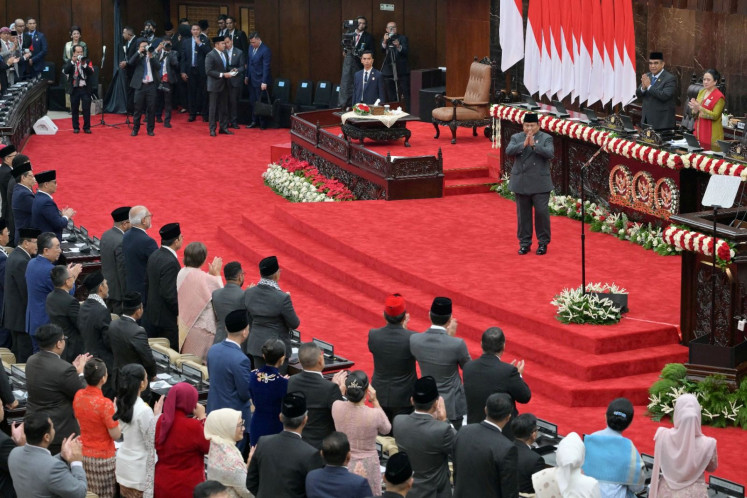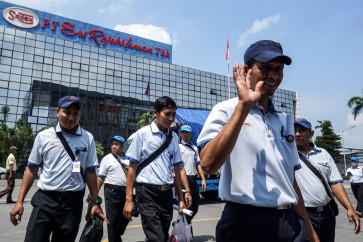Popular Reads
Top Results
Can't find what you're looking for?
View all search resultsPopular Reads
Top Results
Can't find what you're looking for?
View all search resultsThe urgency to revise the outdated bankruptcy law
Indonesia is long overdue for a new bankruptcy law in this age of free trade globalization, especially one that contains provisions on cross-border insolvency.
Change text size
Gift Premium Articles
to Anyone
I
t has been more than 20 years since the legal regime of bankruptcy was enacted in Indonesia. The first legislation, Law No. 37/2004 on bankruptcy, is essentially based on regulation in lieu of law No. 1/1998, enacted when Indonesia was hit by the political and financial crisis that year.
Hence, it is understood that the law was enacted in order to accommodate the economic situation at the time. The idea of revising the Bankruptcy Law arose years ago, but to date, there is not even a draft proposal on the new bankruptcy law.
One indication that the current Bankruptcy Law is an inheritance of the 1998 crisis era is the ease of filing for bankruptcy or a court-supervised suspension of debt payment obligations (PKPU). It simply requires a minimum of two creditors and only one receivable that is due and payable. If so, then either the creditor or debtor may file for bankruptcy or a PKPU petition.
Nowadays, this simple requirement is no longer relevant. Despite the current situation of global geopolitics, Indonesia’s economic growth rate has increased in the last couple years. According to Statistics Indonesia data, economic growth hit 5.12 percent in the second quarter of 2025.
As a consequence of this simple requirement, bankruptcy filings and PKPU petitions explode year in, year out. At least 271 bankruptcy filings and PKPU petitions had been filed with the Jakarta Commercial Court by the end of July this year.
On the one hand, some creditors misuse a bankruptcy filing or a PKPU petition in their own interest to force a debtor to pay, or at least negotiate repayment. On the other hand, some debtors take advantage of these legal instruments to escape their debts.
The academic manuscript for the new bankruptcy law suggests two alternative solutions. The first is to add a requirement of a minimum two due and payable debts in addition to regulating the minimum threshold of the debt amount in order to file for bankruptcy or a PKPU petition. The second is to apply an insolvency test as a requirement to file for bankruptcy or a PKPU petition.



















